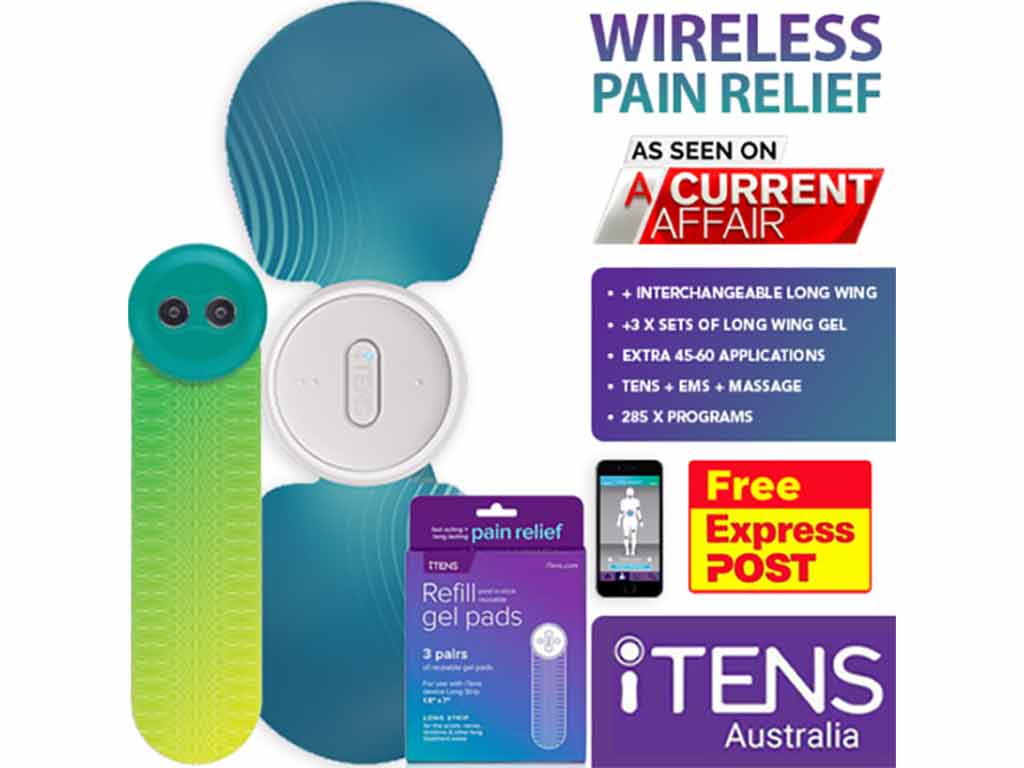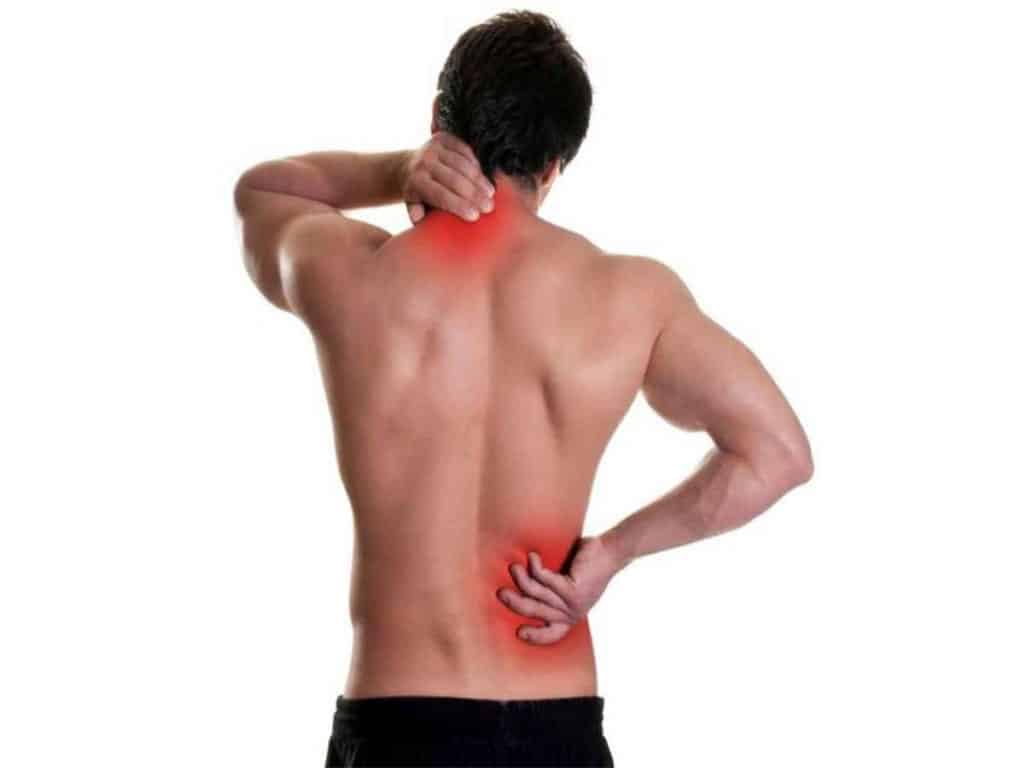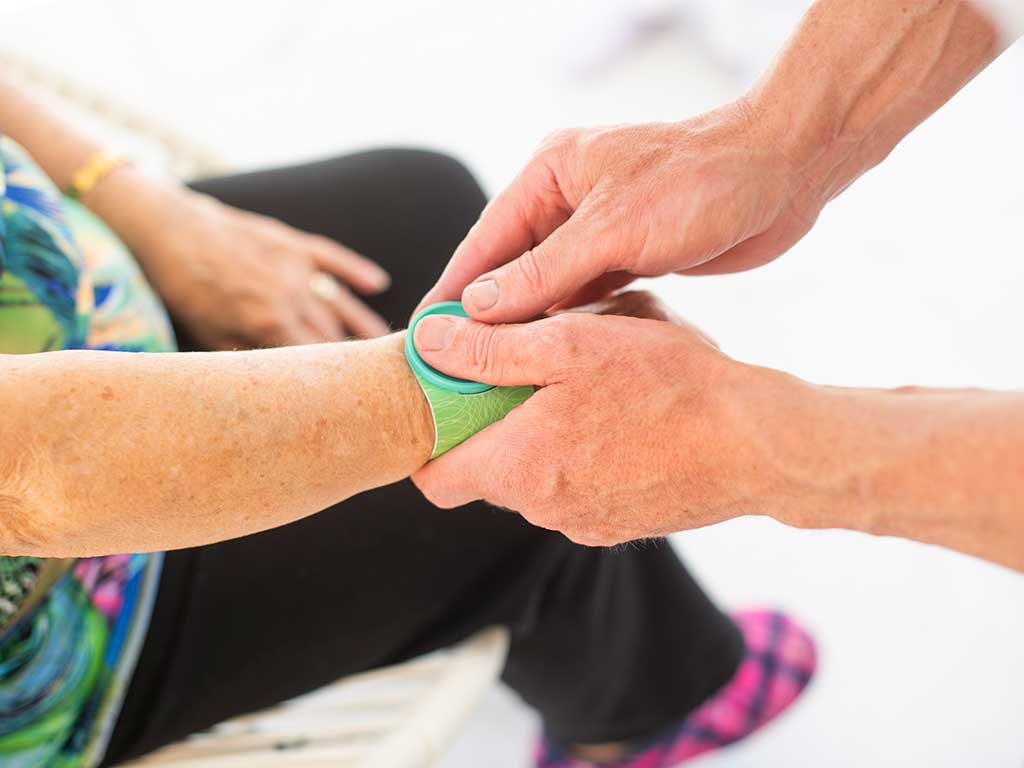
Transcutaneous Electrical Nerve Stimulation (TENS) is an effective treatment that utilises an electrical device to send electrical currents to the body. Accordingly, this transcutaneous stimulation helps improve the quality of life in numerous ways. The electrical pulses can block pain signals and trigger endorphin release. Additionally, TENS therapy can provide a method of pain relief for a variety of conditions. Furthermore, the treatment is non-invasive, drug-free, customisable, and cost-effective.
Pain is a universal experience. It can be debilitating, making it difficult to perform simple tasks or enjoy life to the fullest. Common pain management solutions like medications may have undesired side effects. Fortunately, TENS therapy is a safe and natural medical treatment. It is commonly utilised by pain clinics, healthcare professionals, physical therapists, athletes, and individuals. The following sections will present how TENS works, the types of pain it can relieve, and how to conduct it.
How Transcutaneous Stimulation Works
Transcutaneous stimulation works by activating several analgesic mechanisms. One of the primary ways TENS operates is through the stimulation of endorphin production. The electric stimulation from TENS can trigger the release of endorphins. Endorphins are natural chemicals in the body that act as natural painkillers and mood enhancers. Hence, it can reduce the perception of discomfort and promote a sense of well-being.
TENS also harnesses the pain gate mechanism to alleviate discomfort. When TENS delivers electric currents, it activates non-painful sensory fibres. This can compete with and override the transmission of pain signals. Nevertheless, this “gate control” theory helps to block pain messages from reaching the brain. This can effectively reduce the sensation of discomfort, providing relief to individuals.
The use of TENS can also influence blood flow in the treatment area. The electrical pulses from TENS promote vasodilation. This widens the blood vessels and enhances circulation. As a result of this activity, it can deliver essential nutrients and oxygen to body tissues. Additionally, it facilitates the removal of metabolic byproducts and supports tissue repair. This contributes to overall relief.
Benefits
- Targeted pain relief: TENS therapy provides localised relief. This allows people to target specific areas of discomfort.
- Non-invasive and drug-free: It does not require surgical procedures or the use of pharmaceutical drugs. Hence, it minimises the risk of adverse effects.
- Customisable: It allows individuals to adjust the treatment parameters. They can modify the frequency, intensity, and duration of electrical stimulation.
- Cost-effective: TENS provides a long-term pain management solution. Thus, it minimises the need for frequent medication refills or specialised medical procedures.
- Complementary therapy: It is a complementary approach to other treatment solutions. It can be integrated with physical therapy, exercise, and relaxation techniques.

Types of Pain that Can be Relieved with Transcutaneous Stimulation
Transcutaneous stimulation is a versatile pain management modality that can effectively relieve various types of pain. Foremost, TENS therapy can alleviate acute pain. This may arise from labour pain, postoperative pain, headaches, and period pain. Secondly, TENS treatment is beneficial for managing chronic pain. Conditions such as neck pain, fibromyalgia, and backaches often manifest as chronic.
Thirdly, TENS is effective in addressing musculoskeletal pain. This affects the bones, muscles, tendons, and ligaments. It may include osteoarthritis, rheumatoid arthritis, and joint issues. Fourthly, TENS therapy can aid neuropathic pain. This is caused by nerve damage or malfunction. Conditions such as diabetic neuropathy, postherpetic neuralgia, and nerve compression syndromes may lead to neuropathic pain.
Furthermore, TENS treatment is effective in managing muscle pain. This can result from muscle strain, overexertion, or muscular imbalances. TENS can help by contributing to relaxation, improved flexibility, and reduced muscular tension. Overall, its ability to cater to a wide range of conditions makes TENS a valuable asset in the realm of pain management. This offers adaptable and effective treatment.
Are There Potential Side Effects?
While TENS is safe, it can carry minimal potential side effects. Individuals may experience skin irritation at the electrode placement site. Proper pad placement and skin care minimise the risk of skin irritation. In some cases, individuals may experience muscle soreness. This can occur when the electrical pulses are set at higher intensities. Hence, adjusting the intensity and duration can help eliminate muscle soreness.
Some individuals may find the sensation of electrical stimulation uncomfortable. Thus, it is vital to adjust the settings to comfort levels. Additionally, people with implantable devices, heart problems, or are pregnant should consult first a health professional before using TENS devices.

How to Conduct Transcutaneous Stimulation
To conduct transcutaneous stimulation, individuals should follow certain steps. Begin by ensuring that the TENS device is charged or has fresh batteries. Then, identify the treatment area and prepare the skin over it. Accordingly, position the electrode pads following the proper pad placement. Next, connect the electrodes to the machine using wires or to a smartphone via Bluetooth for wireless.
Power on the TENS unit and select the appropriate settings. This may include adjusting the frequency, intensity, and duration of electrical stimulation. Also, some TENS devices have pre-set programs. Thus, choose the program that directly targets the specific condition. Start with the lowest setting and gradually increase it to a comfortable level. Users can depend on the recommendations of professionals or the user manual.
Once the parameters are set, initiate the TENS therapy session. Users may begin to feel a tingling or buzzing sensation. Nevertheless, during the treatment, monitor any sensations that may occur and take necessary actions. The duration of the therapy may vary. Typically, it lasts between 15 to 30 minutes. Once the session is complete, power off the TENS device and carefully remove the electrodes.
Placement of Electrodes
Firstly, identify the specific areas of the body experiencing discomfort. Then, cleanse and dry the skin to remove any oils, lotions, and dirt. Next, carefully position the electrodes on the skin at predetermined placement sites. The placement should align with specific nerve pathways and the source of pain. Generally, position the pads on either side of the discomfort.
Additionally, when placing multiple electrodes, consider the distance between them. This is to optimise the coverage of the affected area. Furthermore, do not place the electrodes on the head, eyes, mouth, throat, chest, spinal cord, bony prominences, and broken skin.
Conclusion
In conclusion, transcutaneous stimulation is a valuable and effective method for providing therapeutic benefits. It is a therapy that utilises an electronic device to deliver electrical currents to the body. Consequently, this electrical stimulation works by blocking the transmission of pain signals, triggering the release of endorphins, and enhancing blood flow. With such mechanisms, TENS can relieve various types of pain. This may include headaches, fibromyalgia, osteoarthritis, nerve compression syndromes, and muscle pain.
Furthermore, TENS therapy serves several benefits. It is non-invasive, drug-free, customisable, cost-effective, provides targeted relief, and can complement other treatment solutions. Moreover, conducting TENS treatment is easy. Begin by preparing the device. Then, locate the treatment area and prepare the skin. Finally, position the pads and adjust the settings. Nevertheless, adhering to the proper pad placement is essential in the therapy. Additionally, it is vital to know the potential side effects of TENS.







